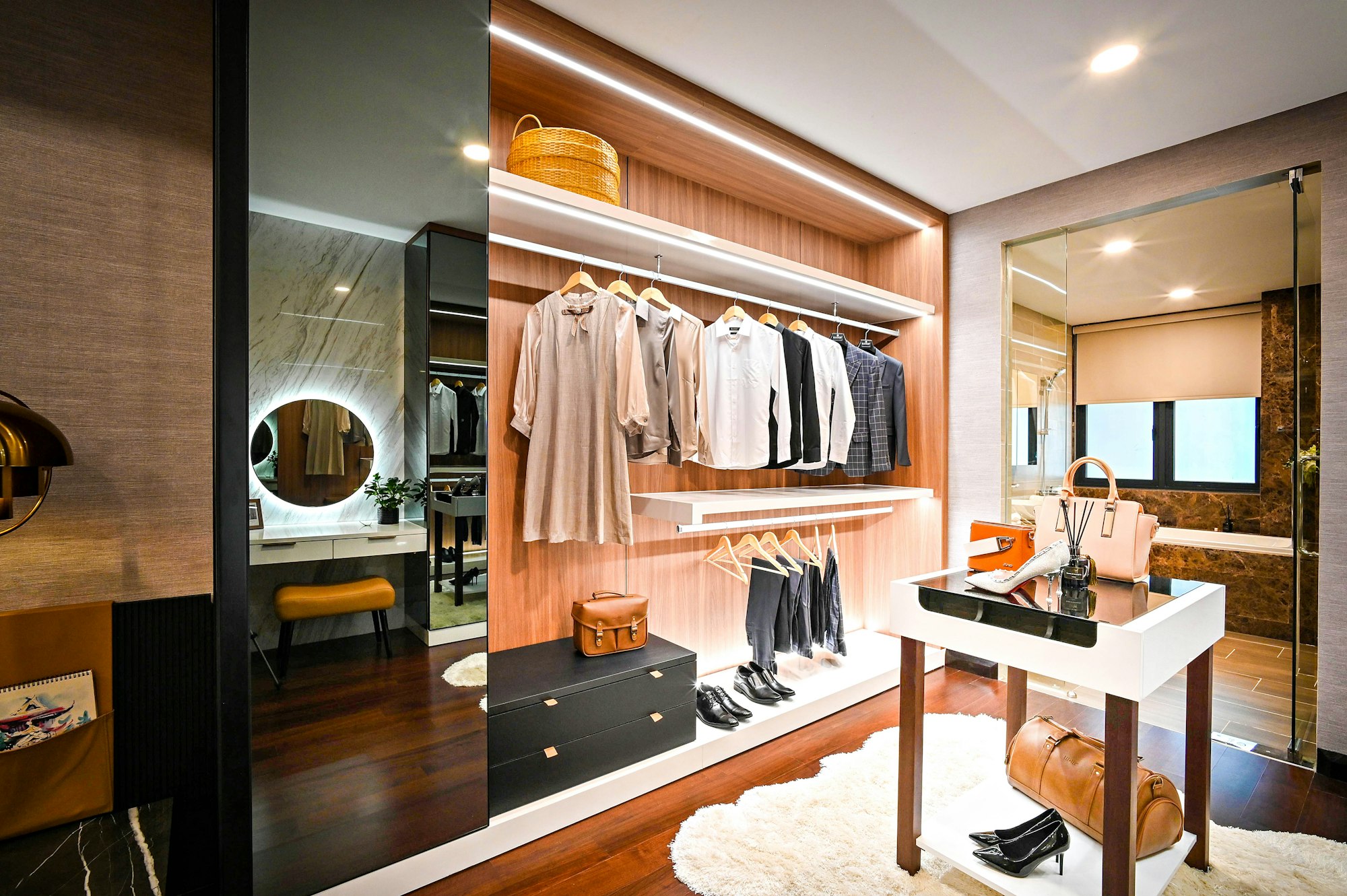The kitchen is, for many, more than just a space for preparing food. It’s a hub of activity, a source of inspiration, a place that offers comfort, which is precisely why it’s known as the heart of a home.
While its primary purpose remains centered around food, the kitchen has evolved to accommodate a range of features, functionalities, and styles, each suited to different needs and tastes.
But there’s one key aspect of kitchen design that often sparks debate: the choice between the open and traditional layout.While even the most specialized kitchen designers may not agree on a universally ‘better’ option, each one comes with its unique considerations and benefits.

Below, we’ll explore both of them in detail, hoping to help homeowners who are deciding between the two find the solution that best suits them.
Open Layout
A breath of fresh air in contemporary home design, open-plan kitchens are not confined by the walls of traditional setups. They promote a free-flowing layout that blends various home activities, making them more than just a design choice, but a lifestyle one.
These spaces break down barriers, mixing visual appeal with functionality in a way that changes our interaction with our homes and loved ones.
Here are some of their main advantages:
- Easier social interactions: Open kitchens erase the boundaries between food preparation and socializing. This layout helps make cooking a shared and interactive experience. It’s ideal for those who prefer multitasking or love entertaining.
- More natural light: Without dividing walls more sunlight can sweep unobstructed across the kitchen. This flood of natural light not only elevates the mood but transforms the entire ambiance of the space, making it feel warm and welcoming.
- Feeling of spaciousness: Ideal for homes of any size, open kitchens particularly shine in smaller spaces. They create an illusion of expansiveness, making rooms feel larger and more open to enhance your living space’s feel.

Traditional Kitchen
This layout combines classic design with the cozy charm of home cooking, celebrating a dedicated space for culinary activities.
Traditional kitchens remain popular for their focus on function, organization, and a warm, welcoming aesthetic. They bring the elegance of classical interiors to the forefront, offering a private haven for cooking.
Read also: Common Carpet Stains and How to Remove Them
Here are some benefits they offer:
- Dedicated cooking zone: For those who prefer culinary focus over multitasking, traditional kitchens provide a secluded area. Away from the bustle of household life, it allows you to fully immerse yourself in the art of cooking without distractions.
- Ample storage: With more vertical space, traditional kitchens offer more in terms of efficient storage. This design ensures everything finds its place, which is essential for convenience and organization in a busy kitchen.
- Privacy: A separate kitchen offers a unique kind of privacy valued by many. It’s a personal realm where the process of cooking can be a solitary, peaceful activity, away from the eyes of guests and family members.

Choosing What’s Right for You
In the debate between open and traditional kitchens, there is no one-size-fits-all answer. It’s a matter of personal preference, influenced by your home’s layout and your lifestyle needs.
Whether you gravitate towards the social and airy feel of an open kitchen or the focused solitude of a traditional design, the choice should align with how you live and use your space.
Consider your daily habits and the architectural character of your home to guide your decision. In the end, the best kitchen design is the one that reflects and feels like a natural extension of your life.



